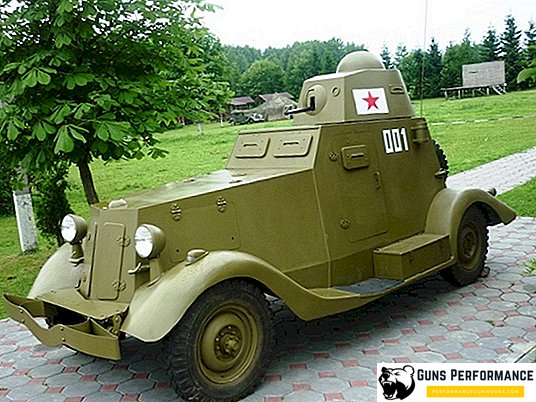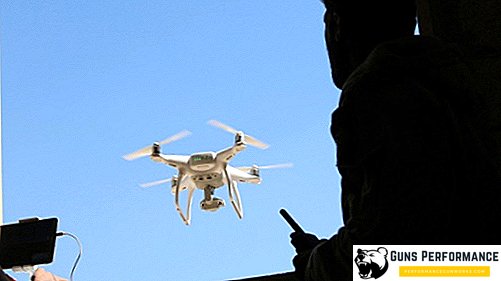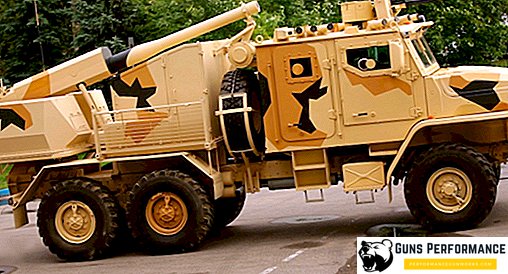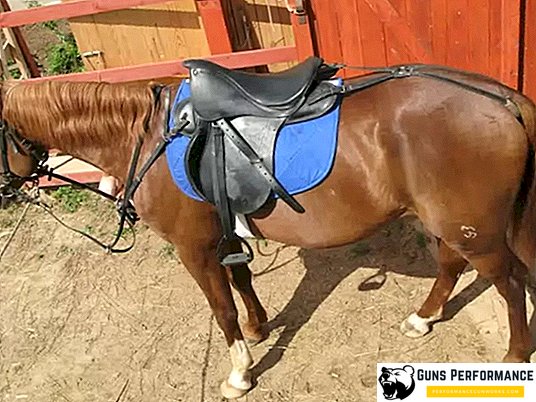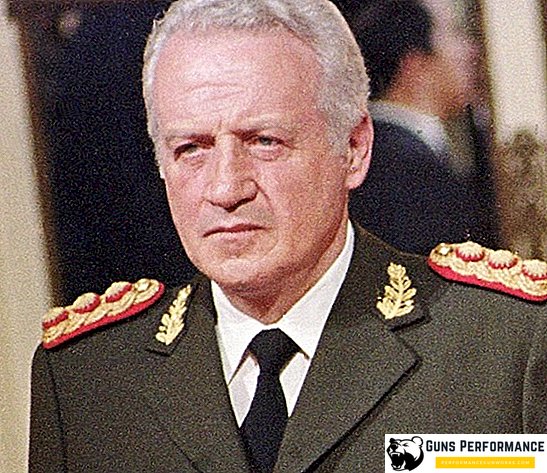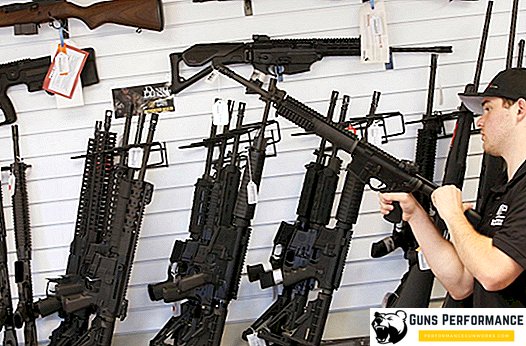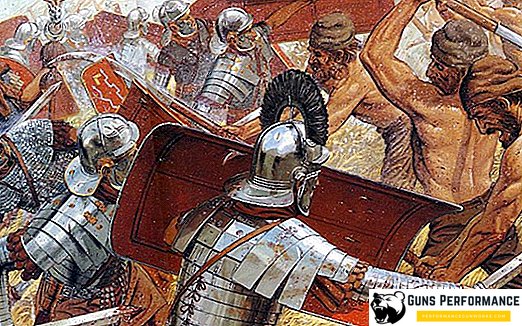Ural-375 is a Soviet-made four-wheel drive truck designed to overcome off-road. The assembly of the car was carried out at the automobile plant in Miass. Transport had the greatest demand at the beginning of the 70s of the last century; it is not produced now.
The main customer of the 375th model was the army. Cars used to transport soldiers and weapons. Attack armament was installed on the chassis. Trucks bought for construction sites, agriculture and other civilian industries. In the early 80s, the Ural-375 lost its popularity due to the release of the improved model 4320. Production of the "old man" continued until the collapse of the Soviet Union.

Car history
In 1958, the development of medium-duty trucks with high traffic began by decree of the country's leadership. The consumer planned to use the machine for solving problems of various directions in the economic and military industries.
A prototype of the new product was introduced in 1958. After passing all the tests, production lines began to be prepared for mass production. Due to the large volume of production, the assembly was transferred to the pilot plant. The first appearance in the people was in October 1960 at the parade to celebrate the October Revolution. The main task of high permeability was successfully solved by designers.

The first parties were made for the military. They were painted in army color, had an all-metal platform, an awning with an arc design. The cabin could accommodate three people. In the back of the side boards there were reclining benches on which soldiers could be transported.
Power take-offs were used to work with peripheral devices. Some versions were equipped with a winch, whose length was 65 meters. They could pull loads up to 7 tons, which gave the car the self-pulling properties in the event of a jam. The design of the 375th model was simple and reliable.

Modernization
Some time after the start of production, the first update occurred. Engineers excluded the rear axle disconnect coupling from the device, and placed the winch in the front of the frame. The cabin became all-metal, the windshield consisted of four sections. The heating system has become better to maintain an acceptable temperature in the cabin.
In 1964, the standard version was replaced by an improved version with the “D” index. Its technical characteristics and throughput have been improved. In the 73rd year of the last century, the truck was awarded a quality mark, which meant technical excellence.

Improvement of transport nodes continued all the time. The equipment included a bypass line for cooling the motor, which created the circulation of fluid when the radiator was turned off. In the 77th year, there was a variation with a diesel power plant.
After widespread distribution in the country, deliveries to other countries began. The first export consignment went to Mongolia, then several series were sent to the GDR. The main drawback was the high fuel consumption, which is why the Ural-375 history did not last long: the 4320th model quickly drove the “big brother” out of the market. Production was discontinued in 1992.

Ural-375: technical specifications
The car has an impressive size:
- Length - 7.35 meters;
- Width - 2.69 meters;
- Height - 2.68 meters / 2.98 meters with an awning;
- Clearance - 40 centimeters.
The car weighs 8.4 tons, while it can carry loads weighing up to 4.5 tons. The maximum speed is 75 km / h. At a speed of 40 km / h, a full stop will require 15 meters. Power enough to climb the mountain no more than 40 degrees. The wheel formula 6х6 defines high passability.
In the first series, fuel consumption reached 70 liters per 100 kilometers. After several improvements, it dropped to 50 liters. The total amount of fuel consumed depended on road conditions. For example, to overcome off-road required 50% more gasoline or diesel. It was possible to fill a maximum of 360 liters of fuel, which was enough for 700 kilometers.

Motor
The engine distinguishes two modifications:
- Petrol. Equipped with 8 cylinders, on reliability ahead of the 6-cylinder powerplant of the previous generation. Even at low speeds and heavy workload, the work was stable. Cast iron was used to create a block of cylinders; heads were made of aluminum. With 7 liters of volume, a power of 18 hp was achieved;
- Diesel. The motor complying with the Euro-1 standard shows stable operation in all conditions. Also has 8 cylinders. With a volume of 10.85 liters, a power of 210 horsepower is achieved.
A version with a diesel power plant appeared a few years after the launch of the serial production. Fuel consumption has been reduced.

Chassis
The core of everything was stamped riveted frame, which was made of sheet steel. The first series received a body made of wood and a metal cabin. Hitch devices of different designs were both front and rear of the Ural-375.
The front suspension consisted of two longitudinal semi-elliptical springs. In front, they were connected to the frame with special mounts, and at the back were sliding. The suspension design provided for telescopic double-acting shock absorbers.
The rear suspension was made on the balance type, had two semi-elliptical springs, which were attached to the sliding supports. The middle bridge was equipped with restrictive cables. Jet rods served as the transmitter of pushing forces. Front Axle Ural-375 - leading.

Brake mechanism
The brake system was open and activated by pressing the pedal. For high-quality braking all wheels had pads. For the front and middle axles there was a joint pneumatic-hydraulic drive, for the rear it was separate. The handbrake is activated manually, having an effect on the output shaft of the additional box.
Transmission and Transmission
Gearbox Ural-375 had 5 forward speeds and one back. The box had synchronized 2, 3, 4 and 5 speeds. Dry-type clutch has two discs and is equipped with peripheral springs. Open driveline has four shaft.

Rest device
Series of the latest years of release were equipped with Hur. The voltage in the electrical system is 12 V. The constant current generator has excellent insulation and water resistance. The design of the wheels was special, it provided high throughput. One wheel consisted of conical shelves, a spacer ring and detachable rims. You can monitor and control tire pressure from the passenger compartment.
The first years of release the cabin was metal with a soft top and accommodate three passengers. Frames windows reclined. After the first modernization, the cabin became all-metal. The vents were turning, the windshield was deaf, and the side windows began to fall.
The heating system was water and came from the cooling mechanism. Water heating option was chosen to quickly heat the glass when operating the machine in the northern regions. The strength of the windshield was achieved by using a metal frame. The salon was simple, had a minimum amount of amenities and control systems.
Improved model 375D received all-metal platform. Included was an awning with a design for installation, folding benches for transporting passengers. The tailgate can be folded back.

Modifications
On the basis of the legendary chassis has been released many versions that perform various tasks. The main ones are:
- “C” - Sedan tractor. The body was shortened by 13.5 centimeters. Vehicles used to transport trailers weighing up to 12 tons on any surface;
- "D" - an improved version of the standard model. Received a metal body, the front axle decontamination mechanism was abolished;
- "CK1" - an upgraded version of the caddie tractor "C";
- "K" - a truck for operation in harsh temperature conditions up to -60 degrees. The cabin was glued with several layers of thermal insulation, there were double glazed windows on the windows. The preheater was more powerful, all technical equipment was treated with frost insulation. Rubber has also received insulating protection against low temperatures;
- "H" - the budget version. Received a different motor, technical nodes are not tight. There are no mechanisms for sealing and pressure control in tires;
- "CH" - an improved model of the budget version. The rear overhang was shortened by 13.5 centimeters. On asphalt can carry trailers weighing up to 18.5 tons, on the ground - up to 12.5 tons;
- "U" - version for use in hot climates. All technical units and assemblies were isolated, protected from high temperatures.
There are other modifications that were created by government orders and did not receive mass popularity.
Application
The cars were used not only as a truck, but also as a chassis for installing superstructures: economic and military. In the army, the installation of Grad and Uragan rocket launchers was widespread. In the civil sphere, he was in great demand among scientists, oilmen and gas workers.

What can be concluded?
Ural-375 - an excellent cargo vehicle of its time. It carried out many tasks, delivered specialists and the required goods to the most remote areas. Special modifications could work in conditions of severe cold or exhausting heat.
Throughout the time of release, engineers were engaged in improving the design. The most significant changes were the addition of a branch line for the cooling mechanism and a full-flow centrifuge for the oil filter.
17 years, designers could not save the car from the main drawback - high fuel consumption. In 1977, the problem was solved by some structural changes, as well as the addition of a diesel variant to the line that consumed less fuel.
Nowadays, you can buy a car only in the secondary market. The offer is large, as many specimens were preserved. In addition, trucks have a high stock of working resource, therefore, are able to work for more than 20 years. Price depends on the year of manufacture and technical condition. For 150-350 thousand rubles, you can buy cars of 79-81 years of release. In the 400-500 thousand rubles will cost copies 85-86 year of release. Over 700-800 thousand you can find a variant of the last years of production.


